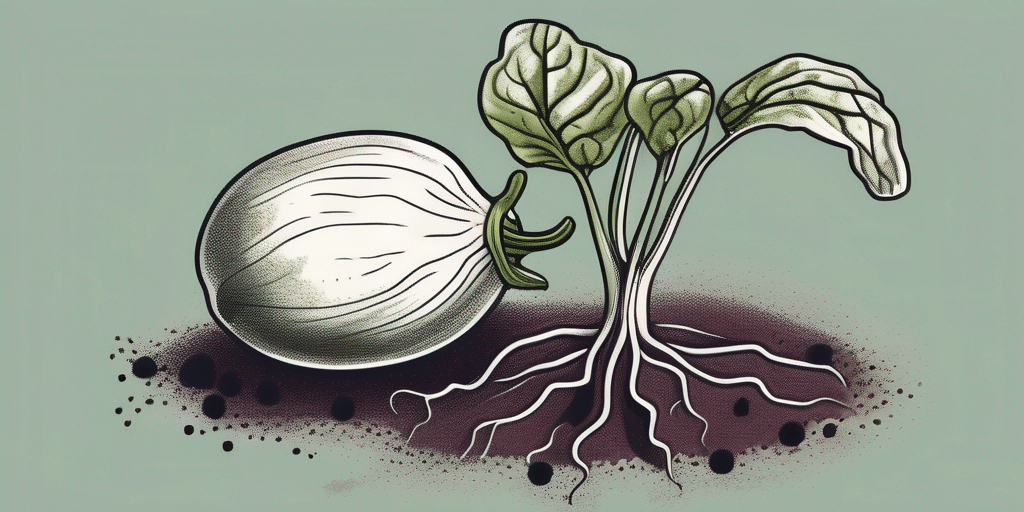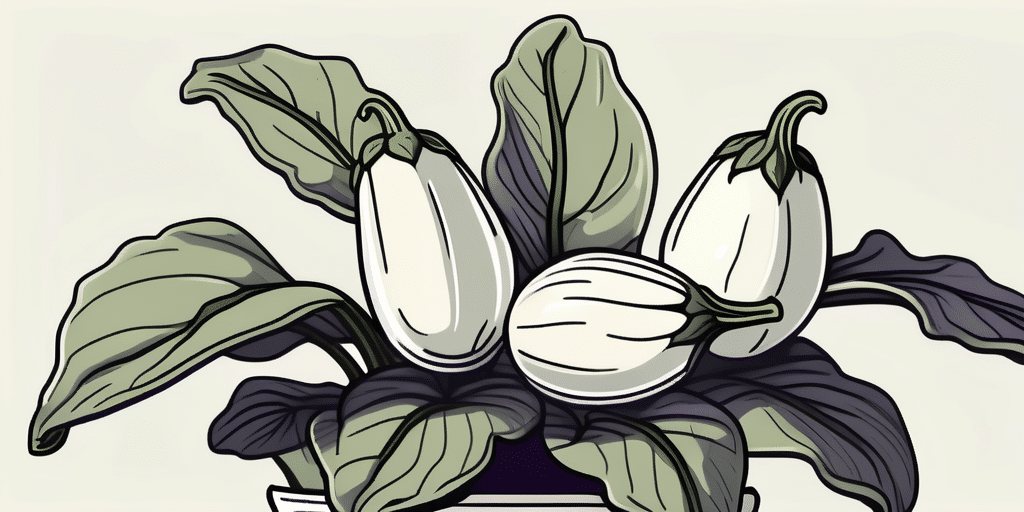Growing your own zebra eggplant can be a rewarding and delicious endeavor. This unique variety of eggplant, known for its striking striped skin and rich, creamy flesh, is a fantastic addition to any home garden. Even better, zebra eggplants are perfectly suited to container gardening, making them an excellent choice for those with limited space or who prefer the convenience of pot cultivation. In this guide, we’ll walk you through the process of growing zebra eggplants in containers and pots, from seed to harvest.
Understanding Zebra Eggplant
Zebra eggplants, also known as ‘Striped Toga’ eggplants, are a type of heirloom eggplant that is prized for its unique appearance and exceptional flavor. Unlike the common purple eggplant, zebra eggplants are characterized by their vibrant, striped skin, which alternates between ivory and green or purple. The flesh of the zebra eggplant is tender and creamy, with a mild, sweet flavor that is less bitter than many other eggplant varieties.
According to the USDA, zebra eggplants are rich in dietary fiber, vitamin C, and a variety of other essential nutrients. They are also low in calories, making them a healthy choice for those looking to incorporate more vegetables into their diet.
Choosing the Right Container
When it comes to growing zebra eggplants in containers, the size and type of container you choose can have a significant impact on the success of your plants. Eggplants have a deep root system, so it’s important to choose a container that is deep enough to accommodate this. A container that is at least 12 inches deep and 12 inches in diameter is generally sufficient for one zebra eggplant plant.
Material-wise, you can opt for plastic, ceramic, or even fabric pots. Plastic pots are lightweight and inexpensive, but they may not provide as much insulation against temperature fluctuations as ceramic or fabric pots. Ceramic pots are heavier and more durable, but they can be more expensive and may require more frequent watering due to their porous nature. Fabric pots, on the other hand, offer excellent drainage and air circulation, promoting healthier root development.
Planting Your Zebra Eggplant
Step-by-Step Guide
- Fill your chosen container with a high-quality potting mix. Eggplants prefer well-draining soil, so look for a mix that contains perlite or vermiculite to improve drainage.
- Plant your zebra eggplant seeds about 1/4 inch deep in the soil. If you’re using seedlings, plant them at the same depth they were growing at in their previous container.
- Water the soil thoroughly after planting. The soil should be kept consistently moist, but not waterlogged.
- Place your container in a location that receives at least 6-8 hours of sunlight each day. Eggplants are heat-loving plants, so they thrive in warm, sunny conditions.
- Monitor your plants regularly for signs of pests or disease. Common pests that affect eggplants include aphids, flea beetles, and spider mites. If you notice any signs of infestation, treat your plants with an appropriate organic pesticide.
Caring for Your Zebra Eggplant
Like all plants, zebra eggplants require regular care and attention to thrive. This includes regular watering, feeding, and pruning.
Watering should be done when the top inch of soil feels dry to the touch. Overwatering can lead to root rot, so it’s important to avoid letting your plants sit in water. On the other hand, underwatering can lead to wilting and reduced fruit production. A good rule of thumb is to water deeply but infrequently, allowing the soil to dry out slightly between waterings.
Feeding your eggplants is also crucial for their growth and fruit production. A balanced, slow-release fertilizer applied according to the package instructions should suffice. Alternatively, you can use organic amendments like compost or well-rotted manure to enrich the soil.
Pruning is another important aspect of eggplant care. Regular pruning helps to increase airflow around the plants, reducing the risk of disease. It also helps to direct the plant’s energy towards fruit production rather than excessive foliage growth. To prune your eggplants, simply remove any yellowing or diseased leaves, as well as any suckers (small shoots that grow from the base of the plant).
Harvesting Your Zebra Eggplant
Zebra eggplants are typically ready to harvest 60-70 days after planting, depending on the specific variety and growing conditions. The fruits are best harvested when they are young and tender, usually when they are about 4-6 inches long. To harvest, simply cut the fruit from the plant using a sharp knife or pruners, leaving a short stub of stem attached to the fruit.
After harvesting, zebra eggplants can be stored in the refrigerator for up to a week. They can be used in a variety of dishes, from stir-fries and curries to grilled or roasted vegetable medleys.
Conclusion
Growing zebra eggplants in containers and pots is a fun and rewarding project that can yield delicious results. With the right care and attention, you can enjoy a bountiful harvest of these unique and tasty vegetables right from your own home. So why not give it a try? Happy gardening!
Join Our Green-Thumbed Community!
Ready to take your zebra eggplant harvest to the next level? Subscribe for free to How to Grow Everything and unlock a treasure trove of expert gardening knowledge. Whether you’re a seasoned gardener or just starting out, you’ll receive personalized advice tailored to your grow zone and interests. Plus, enjoy special offers and the best gardening tips, all delivered directly to your inbox. Join our family of passionate gardeners and learn how to build the garden of your dreams. It’s 100% free – grow with us today!





